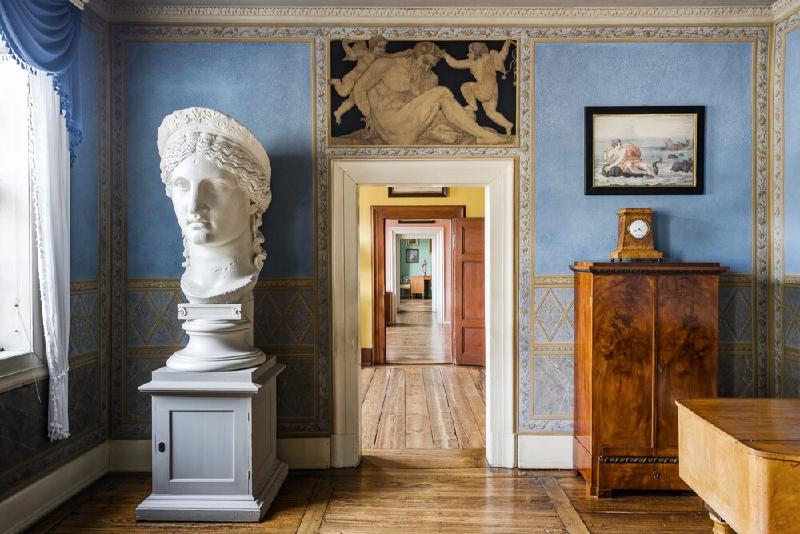Architecture
Architecture is also vital to exploring art and nationalism, and we can glean a lot from architectural movements and ideas. Neuschwanstein Castle is a great example of this; renovations on it began in September of 1869 at the orders of King Ludwig II of Bavaria, also known as the "Fairy Tale King." (Noble) The castle is a massive monument to an idealized version of Germany's past, mostly due to Ludwig's obsession with the fairytales he had grown up with and chasing after that ideal (Bayerische Schlosserwaltung). Ludwig paid for it largely out of his own fortune and through borrowing, running up the total cost of renovations to about 50 million euros today (Barrie).
Another great example of architecture as an art is the Goethe House in Weimar. Once Johann Wolfgang von Goethe moved into the house in 1782, he ordered extensive renovations on the house to fit with the movement he was a part of, aptly named "Weimar Classicism." This movement was a synthesis of classicism, romanticism, and the ideas of Enlightenment (Campbell). The house was renovated to the style, including statues, art pieces, and more to highlight the movement.

